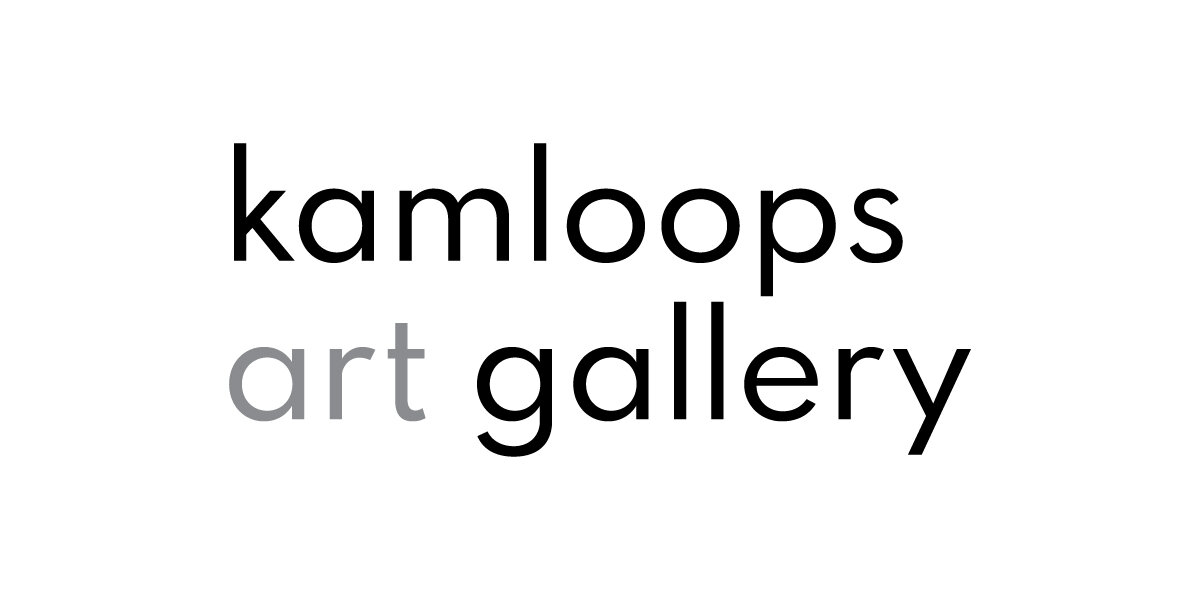Maggie Groat
Hodinohso:ni’ (Skaru:ręˀ, Kanien’keha:ka) & Settler (German, English)
St. Catharines ON, Onguiaahra traditional territory of the Hodinohso:ni’, Chonnonton, Anishnaabeg 1985
arrangements for rotations - rotations for collections - collections for sounds - sounds for light - light for transformations - transformations for arrangements - using only found materials of significance create an /object - collection - tool/ to / mark > absorb > reflect > refract > witness > carry > light + sound of your surroundings - between the shortest day and the longest night + the day that is equal to the night - between the day that is equal to the night + the longest day and the shortest night - between the longest day and the shortest night + the day that is equal to the night - between the day that is equal to the night + the shortest day and the longest night
2020
Second-hand curtains (from artist’s house dyed using kitchen compost materials, avocado pits + onion skins), copper, found colour gradient paper, found metal cylinders, thread, cord, wooden box, modified found plastic, metal, glass, fabric, paper objects salvaged, collected, modified, found metal, glass, brass, copper and crystal, materials collected from my living spaces, from second-hand economic sources, found by the artist’s children on walks around the city, glass from light fixtures of previous occupants of the artist’s home
Commissioned by the Kitchener-Waterloo Art Gallery
Collection of the Artist
in exhibition spaces rotate /object-collection-tool/ based on these cycles of light > that which correspond to beyond the current season will be presented > that which corresponds to the current season will not be displayed as it is activated elsewhere > in personal spaces rotate /object-collection-tool/ based on these cycles of light > that which correspond to the current season will be activated> that which does not correspond to the current season will not be stored elsewhere
Maggie Groat is an artist who utilizes a range of media including works on paper, sculpture, textiles, site-specific interventions and publications to interrogate methodologies of collage and salvage practices. Her current research surrounds site-responsiveness, shifting territories, decolonial ways-of-being, gardens, slowness, margins and the transformative potentials of found and ritual materials. Her practice is informed by her Skarú:ręʔ and Settler backgrounds, her role as a mother and the environmental impacts of the Anthropocene. Recent notable activities include public exhibitions at AKA (Saskatoon, SK), Western Front (Vancouver, BC), and the Courthouse Project on Armoury Street (Toronto ON), exhibitions, Living Entities included in Momenta Biennale de l’image (Montreal), Illusion of Process at the Art Gallery of York University (Toronto) and alternative anthologies, The Lake (Art Metropole 2014) and ALMANAC (KWAG 017) Her work has been twice recognized on the Sobey Award long-list (2015, 2018) and received the Ontario Association of Art Galleries Award for Exhibition of the Year (budget under $10,000) in 2018 for the solo exhibition suns also seasons at Kitchener Waterloo Art Gallery. Groat is a lecturer in Visual Studies in the John H. Daniels Faculty of Architecture, Landscape and Design at the University of Toronto and lives with her partner and three children on the traditional territory of the Chonnonton, Anishnaabeg and Haudenosaunee.
Resources for Further Research
Additional information and writings about Maggie Groat, compiled by the Morris and Helen Belkin Art Gallery team.
Suggested Further Reading
Ainsworth, Kendra. “Suns also Seasons.” C: International Contemporary Art, October 2017, 61-62.
Fitzpatrick, Emily. “Maggie Groat: The Difficult Thing.” Carousel Magazine 37, Fall 2016.
Lockyer, Jonathan. “The Lake.” C : International Contemporary Art, July 2014, 68-69.
Silver, Erin. “Mending Walls: Imagining the Sovereign Subject in Contemporary Exhibition Practices.” In Langford, Martha, and Martha Langford. Narratives Unfolding: National Art Histories in an Unfinished World. McGill-Queen’s University Press, 2017. 306-324, 388-390. https://books.scholarsportal.info/en/read?id=/ebooks/ebooks3/upress/2017-07-19/1/9780773550810#page=343
Maggie Groat, arrangements for rotations - rotations for collections – collections for sounds - sounds for light - light for transformations - transformations for arrangements - using only found materials of significance create an /object - collection - tool/ to / mark > absorb > reflect > refract > witness > carry > light + sound of your surroundings - between the shortest day and the longest night + the day that is equal to the night - between the day that is equal to the night + the longest day and the shortest night – between the longest day and the shortest night + the day that is equal to the night - between the day that is equal to the night + the shortest day and the longest night, 2020, second-hand IKEA curtains (from artist's house dyed using kitchen compost materials, avocado pits + onion skins), copper, found colour gradient paper, found metal cylinders, thread, cord salvaged institutional shelf, modified found plastic, metal, glass, fabric, paper objects salvaged, collected, modified, found metal, glass, brass, copper and crystal, materials collected from my living spaces, from second-hand economic sources, found by the artist’s children on walks around the city, glass from light fixtures of previous occupants of the artist’s home. Collection of the artist.
Installed at the Morris and Helen Belkin Art Gallery, University of British Columbia. Photo: Rachel Topham Photography.








